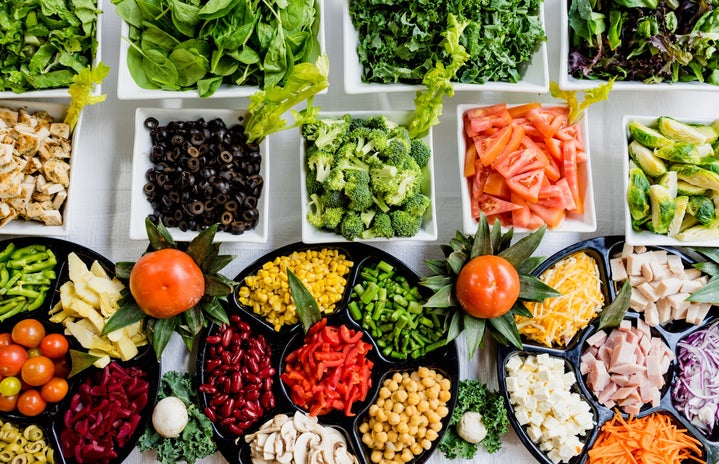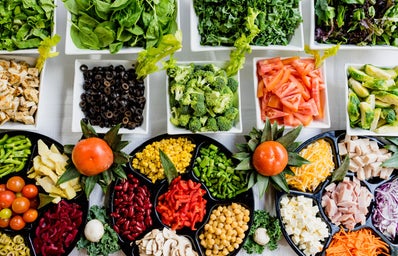Currently, composting is viewed as something challenging to incorporate into our lives at home. There is less promotion for people to start their own compost bins, rather reliance on organizations to make changes in their business structures. However, it is just as easy to begin the process for yourself at home!
According to the Environmental Protection Agency (EPA), 30% of what we throw away is food scraps. Composting is one way we can decrease the amount of garbage created by our families, reduce methane gas (a colorless, odorless, and highly flammable compound that contributes to global warming), and control odor. Compost is also an organic material perfect for gardening and improving your landscape at home. Saving scraps results in saving cash as using compost as “plant food” will result in a healthy garden.
First, find a space that is three feet in diameter, to insert a closed bin or container to dispose of your ‘green’ and brown’ waste. Make sure this area is protected with a fence of some sort to prevent animals from intruding. Green waste refers to fruit and vegetable scraps (i.e. lettuce, tomatoes, banana peels, etc.) while brown waste refers to dry substances such as wood shavings, leaves, old newspapers, etc. A balance between these two types of compost waste is essential. The structure of the new soil created feeds from the carbon in brown materials, and nitrogen in green matter. Other items that qualify as compost waste include animal or human hair, tea bags, eggshells, coffee grounds, and more.
To achieve a balance compost system, plenty of oxygen and moisture is needed. To balance your compost bin, occasionally water and assure it is not overflowing. Avoid dairy or animal products, these smells will attract unwanted nuisances. Fats, oils, and pet waste should be avoided at all costs. Contaminated compost, will make it unusable.
Use a shovel or garden fork to move your soil around in the bin. If a soil substance does not begin to form after a few weeks, add more green waste to maintain moisture. If the odor is noticeable and a wet consistency, add more carbon material (even broken down branches!)
When your compost looks and smells like soil, it is ready to use! Throughout the course of a year, compost is used as a natural fertilizer for your soil, not a replacement. Also, create a mini bin somewhere in your kitchen so it is more routine to deposit green and brown scraps.
There are plenty of organizations you can also donate compost too. CompostNow is an online resource that lists sites you can drop-off or have your own supply of compost picked-up to be donated. Remember to line your kitchen bin with a biodegradable bag so it is easier to dispose of in your main supply later.
Composting is overall an incredible opportunity to make a difference in our environment. Once you have the area set-up and begin to identify green and brown waste properly, composting will quickly become part of your routine. Challenge a friend at the start of the year, and follow Mahatma Gandhi’s quote, “You must be the change you want to see in the world.”
Source: https://www.goodhousekeeping.com/home/gardening/advice/a23945/start-composting/


